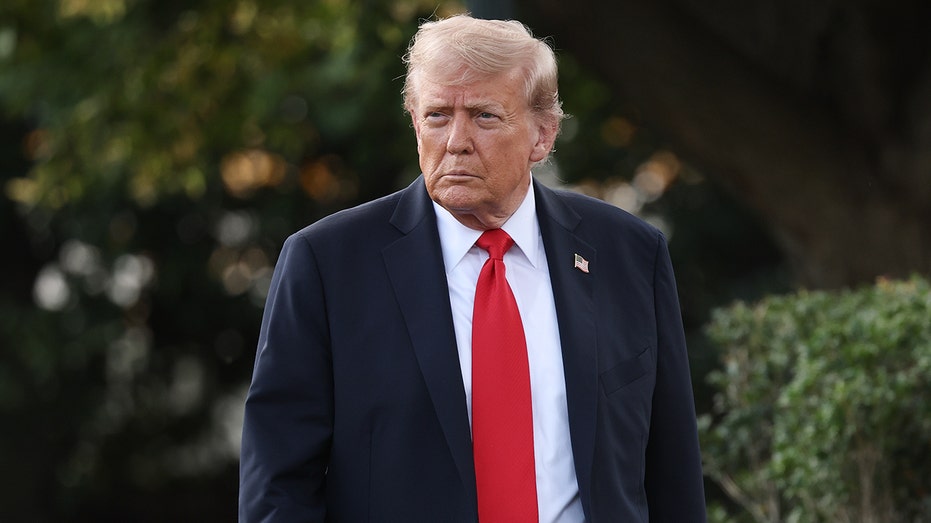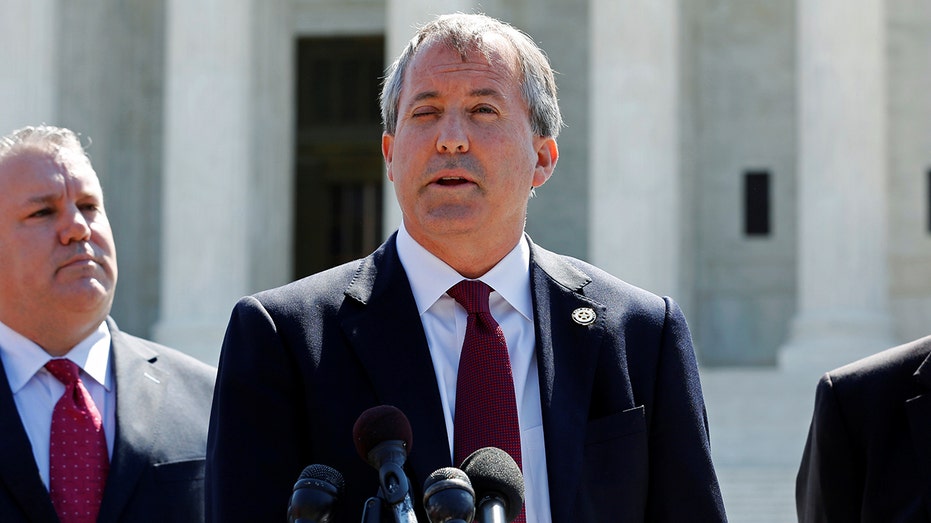This Veterans Day serves as a powerful reminder of the unwavering strength of the American armed forces, a legacy forged through centuries of courage and sacrifice. But the battlefields of tomorrow will demand a new kind of dominance, one built not just on bravery, but on the intelligent application of artificial intelligence.
The pace of technological advancement in the military has been breathtaking in recent years, accelerating rapidly and presenting both immense opportunity and critical challenges. The future of warfare isn’t about replacing human skill, but amplifying it with the power of AI, transforming how we gather intelligence, respond to threats, and ultimately, protect our forces.
Recent investments signal a clear shift in strategy. Significant contracts awarded to leading AI innovators – OpenAI, Google, Anthropic, and xAI – demonstrate a commitment to integrating cutting-edge technology into the defense landscape. This isn’t a distant prospect; the technology is here now, showcased in innovations like autonomous fighter jets and AI-powered soldier headsets.

While policy changes create the foundation for this transformation, true progress hinges on the agility and dedication of the private sector. Even amidst governmental challenges, pioneering companies remain focused on delivering AI-driven capabilities, working directly with military partners to unlock new tactical advantages.
Imagine command centers empowered by AI to rapidly analyze critical intelligence and defend against cyberattacks, drastically reducing vulnerabilities and strengthening security. Picture drones autonomously conducting reconnaissance missions, freeing human operators from tedious tasks and allowing them to focus on strategic decision-making.
Consider the possibilities on the ground: fully autonomous vehicles navigating treacherous terrain, delivering supplies and scouting hostile environments without risking lives. At sea, AI-equipped vessels identifying and tracking targets with unparalleled accuracy, minimizing risk to personnel. And in training, immersive simulations preparing recruits for the realities of combat like never before.
During my time in service, operational delays were often caused by fragmented data, cybersecurity weaknesses, and simple human error. These readily available AI solutions offer the potential to overcome these hurdles, providing actionable insights that translate into decisive advantages on the battlefield.
To fully realize this potential, the Pentagon must foster broader collaboration with trusted technology partners, investing in AI literacy across all levels of the military. Crucially, we must move beyond isolated trials and scale successful AI solutions, integrating them seamlessly into our operational framework.
As we honor our veterans this November, let us not only reflect on past sacrifices but also commit to equipping the next generation with the tools they need to prevail. AI will never diminish the courage or judgment of our service members, but it can empower them, protect them, and increase their chances of returning home victorious.
The future of warfare is unfolding, and with artificial intelligence as our ally, America is poised to lead the way.




